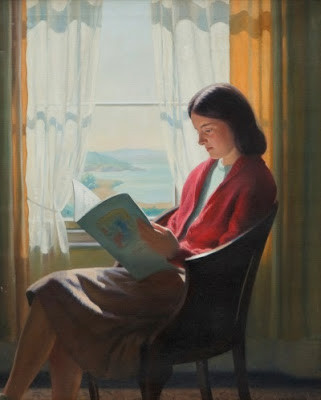"Close reading" is a colloquial term used by scholars in several fields of study. Prior to its re-emergence as a big idea since Common Core has lionized it, Cyndie Shanahan and I did a study with mathematicians, historians, and chemists. Several of these disciplinary experts mentioned close reading, though they clearly didn't all mean the same thing. Only in literature or, more exactly, literary criticism, is close reading used as a term of art.
The conception of close reading that is embodied in the Common Core standards is the one drawn from literature. However, it is not a particularly doctrinaire version of the concept, so it really can be applied across the curriculum, though it will require a bit of stretching here and there. There is more need for stretching with some texts than others. For example, in some ways a literary close read is sort of an attempt to read stories and poems in the way mathematicians read math, so math reading wouldn't require much of an adjustment. However, history reading tends not to be so single text focused so some variation is in order.
One basic idea often stressed in discussions of close reading is that the teachers' role is to ask questions about the text. However, let's not take that too literally. That could be questions that guide a discussion, but it also could be tasks that require students to analyze the same information, such as a writing assignment or some other kind of task.






Comments
See what others have to say about this topic.